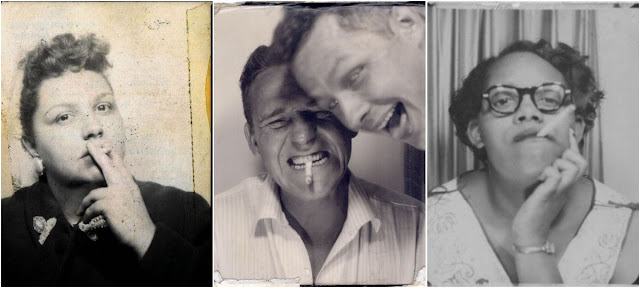Photo booths have been in the zeitgeist since the late 1800s. The earliest photo booth patent was filed in 1888 by William Pope and Edward Poole in Baltimore, but there is no known record of a working version.
The first-ever working photo booth was made by French inventor T.E. Enjalbert in March 1889 and was presented later that same year at the World’s Fair in Paris. He named it the “Apparatus for Automatic Photography”. A similar machine was patented only a year later in America by photographer Mathew Steffens. These earlier versions were not as impressive as they thought they would be as they still required a lot of manpower and were not as efficient as they intended them to be.
After money has been inserted in the machine, multiple customers can enter the booth and pose for a set number of exposures. Some common options include the ability to alter lighting and backdrops while the newest versions offer features such as cameras from a variety of angles, fans, seats, and blue screen effects. Some establishments even offer costumes and wigs for customers to borrow.
Once the pictures have been taken, the customers select the pictures that they wish to keep and customize them using a touch screen or pen-sensitive screen. The touch screen then displays a vast array of options such as virtual stamps, pictures, clip art, colorful backdrops, borders, and pens that can be superimposed on the photographs.
Features that can be found in some sticker machines are customizing the beauty of the customers such as brightening the pictures, making the eyes sparkle more, changing the hair, bringing a more reddish color to the lips, and fixing any blemishes by having them blurred. Other features include cutting out the original background and replacing it with a different background. Certain backgrounds may be chosen so when the machine prints out the picture, the final sticker will be shiny with sparkles.
Finally, the number and size of the pictures to be printed are chosen, and the pictures print out on a glossy full-color 10 × 15 cm sheet to be cut up and divided among the group of customers. Some photo booths also allow the pictures to be sent to customers' mobile phones. Other photo places have a scanner and laptop at the cashier's desk for customers to scan and copy their original picture before they cut and divide the pictures amongst their group.
































Buddy Holly?
ReplyDelete